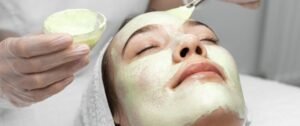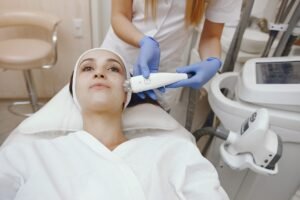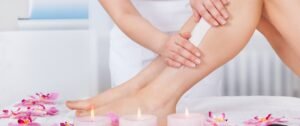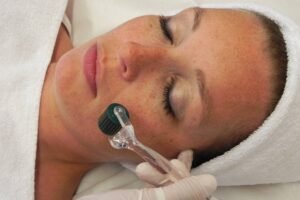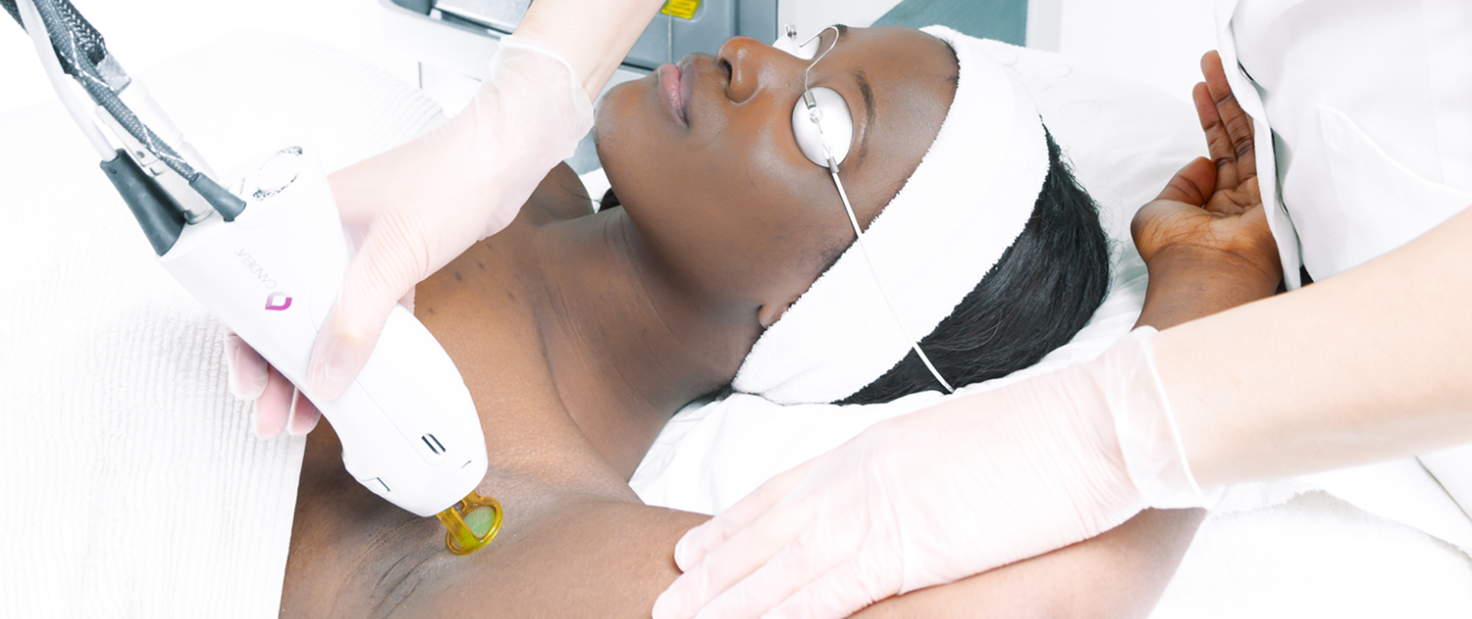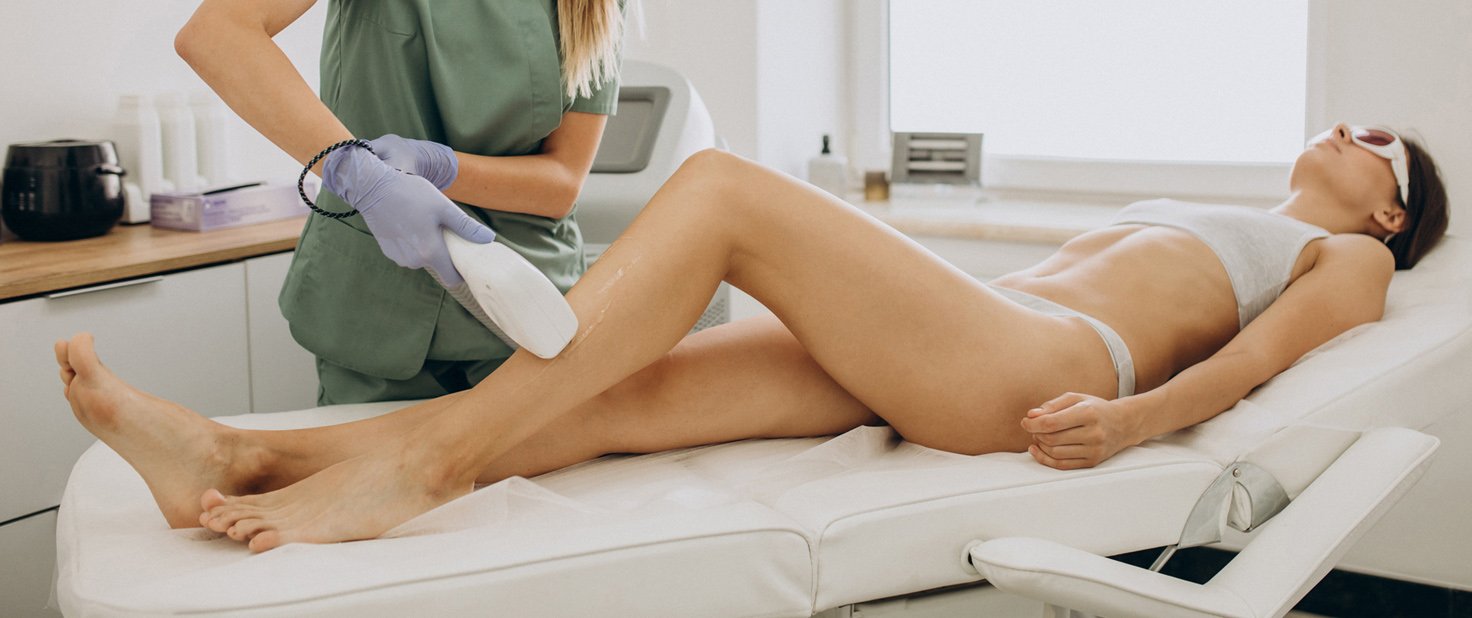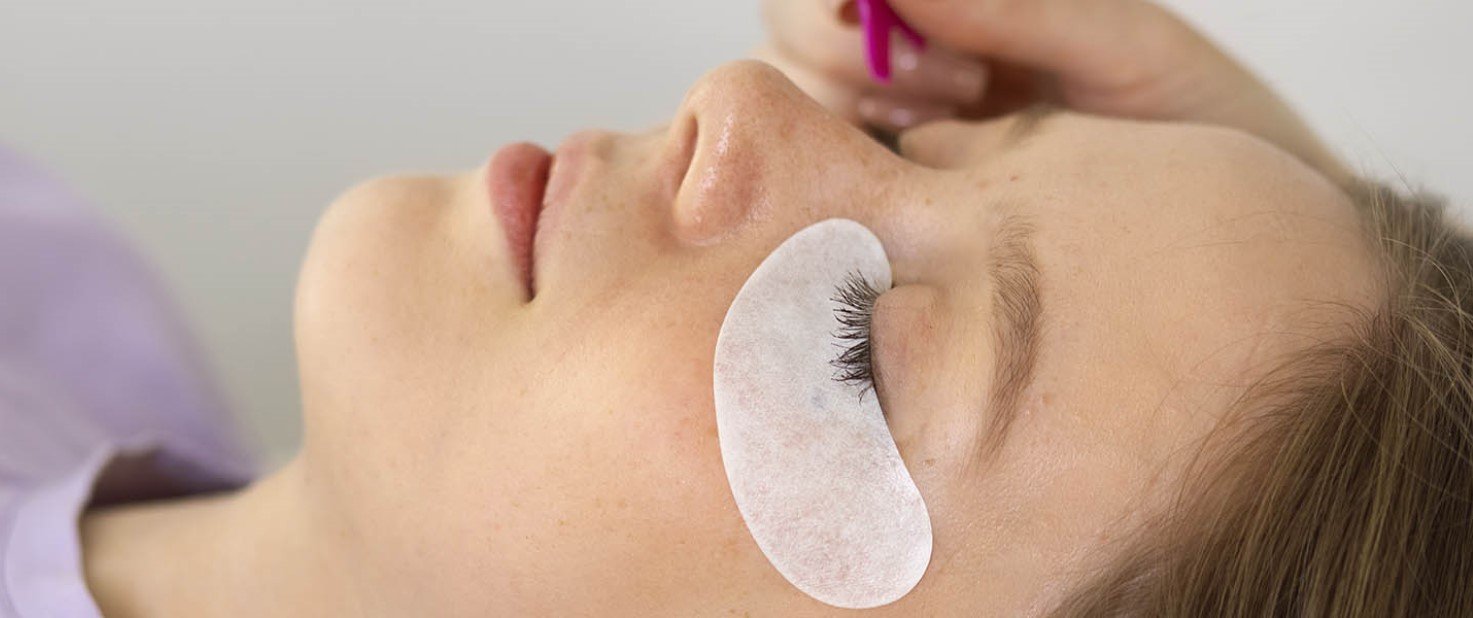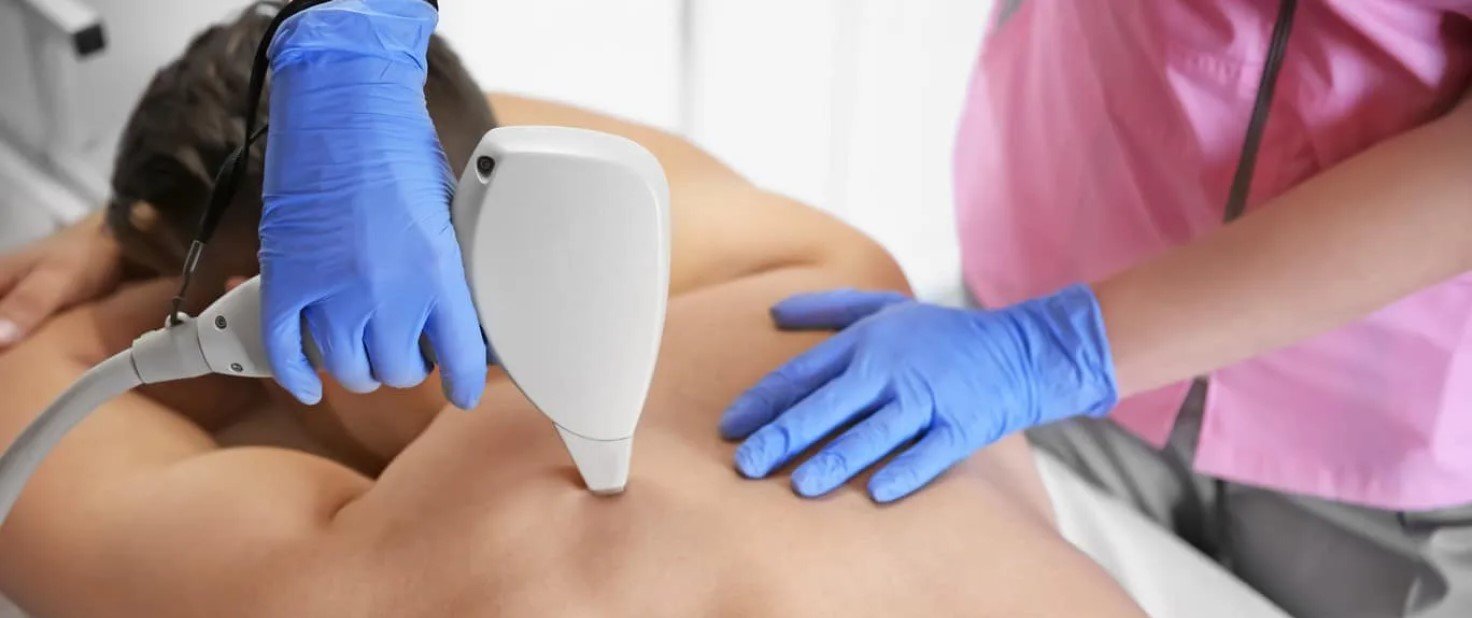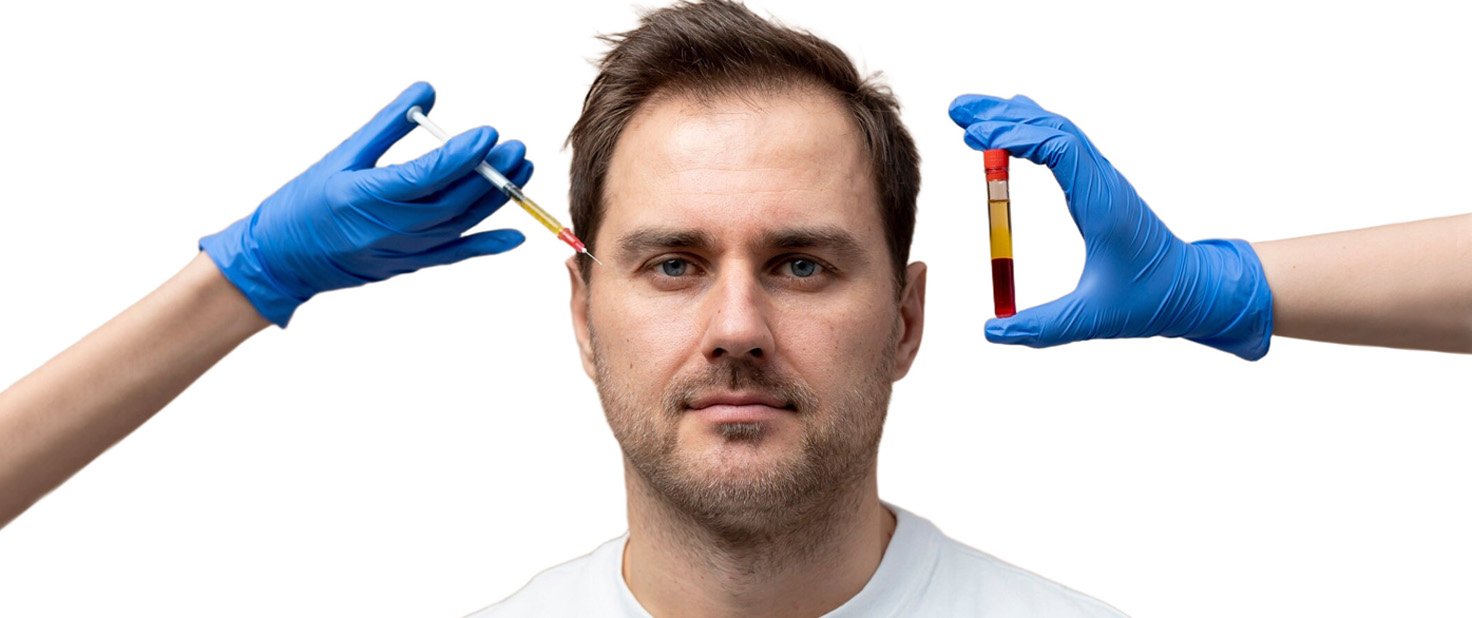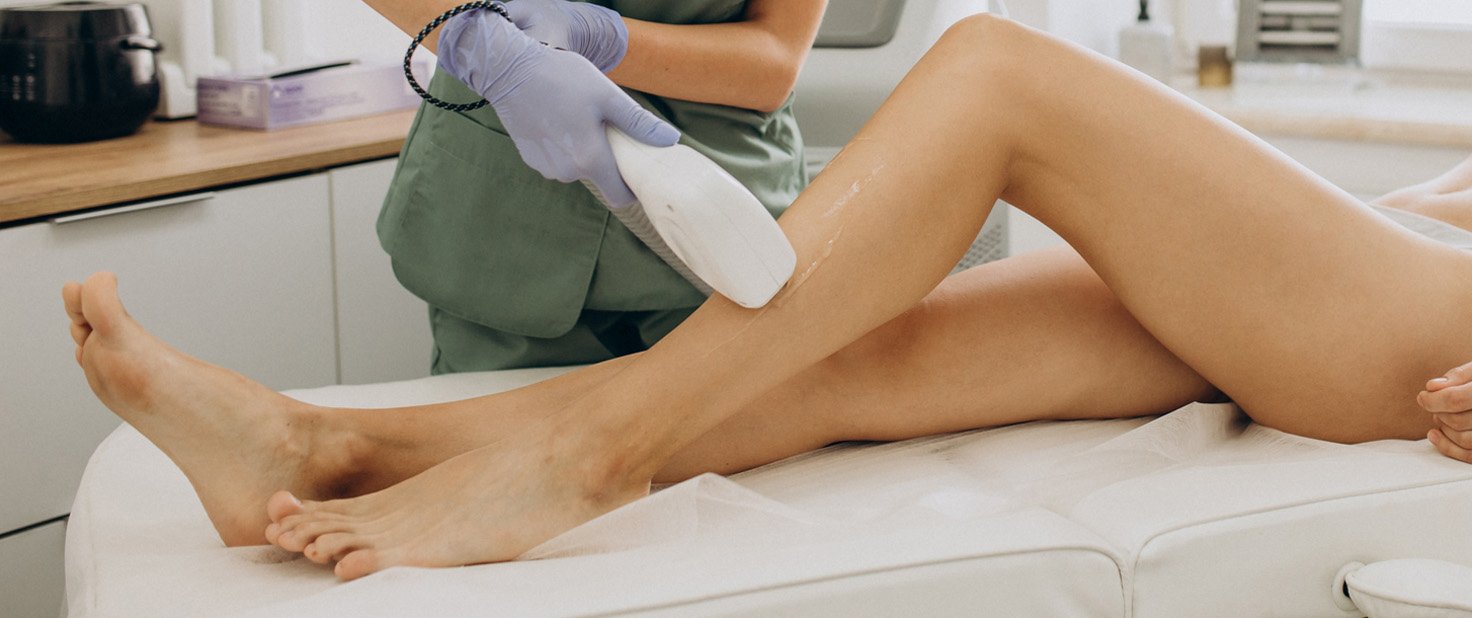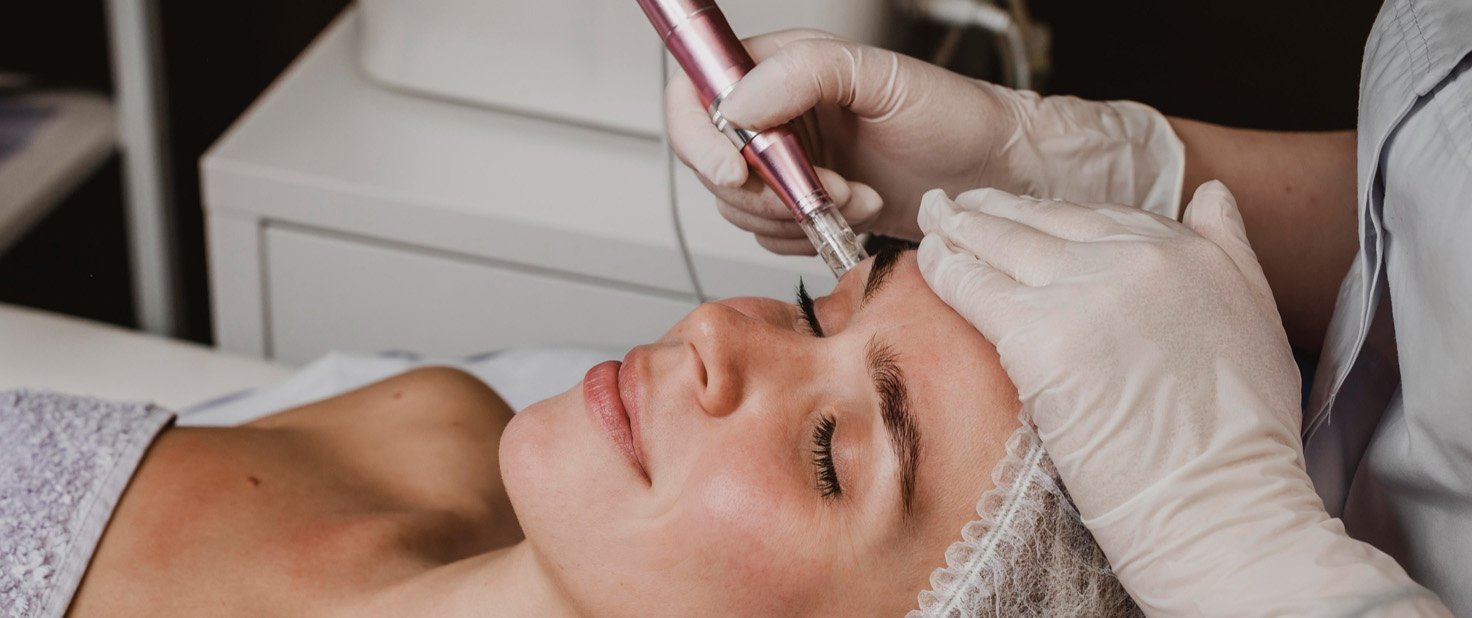What is dull skin?
Dull skin is a common term used to describe skin that lacks radiance, vitality, and a healthy glow. It often appears lifeless, uneven, or may have a rough texture. This condition can result from several factors, both internal and external, that disrupt the natural processes of the skin and its ability to reflect light evenly.
One of the primary causes of dull skin may be the accumulation of dead skin cells on the surface. Our skin is constantly undergoing a cycle of shedding and renewal, but when this process slows down (often due to age or environmental factors), dead cells may build up, leaving the complexion looking tired. Additionally, inadequate circulation may impair the delivery of vital nutrients and oxygen to the skin cells, compromising their function and leading to a dull appearance.
Exposure to pollutants and environmental toxins may also contribute, as these elements are able to generate free radicals that damage skin cells, weaken the skin’s protective barrier, and reduce its ability to stay hydrated and appear luminous.
Dehydration itself may disrupt the skin’s plumpness and elasticity, making it more prone to being dry and dull. Chronic stress and lack of sleep may disrupt the skin’s natural repair mechanisms and hinder further its regenerative cycle. The loss of essential lipids and moisture within the skin barrier may exacerbate a lack of glow, leaving the skin vulnerable to external irritants and fostering an unhealthy look of the skin. These interconnected mechanisms subject to various lifestyle, environmental factors, internal imbalances, may diminish the skin’s vibrancy over time.
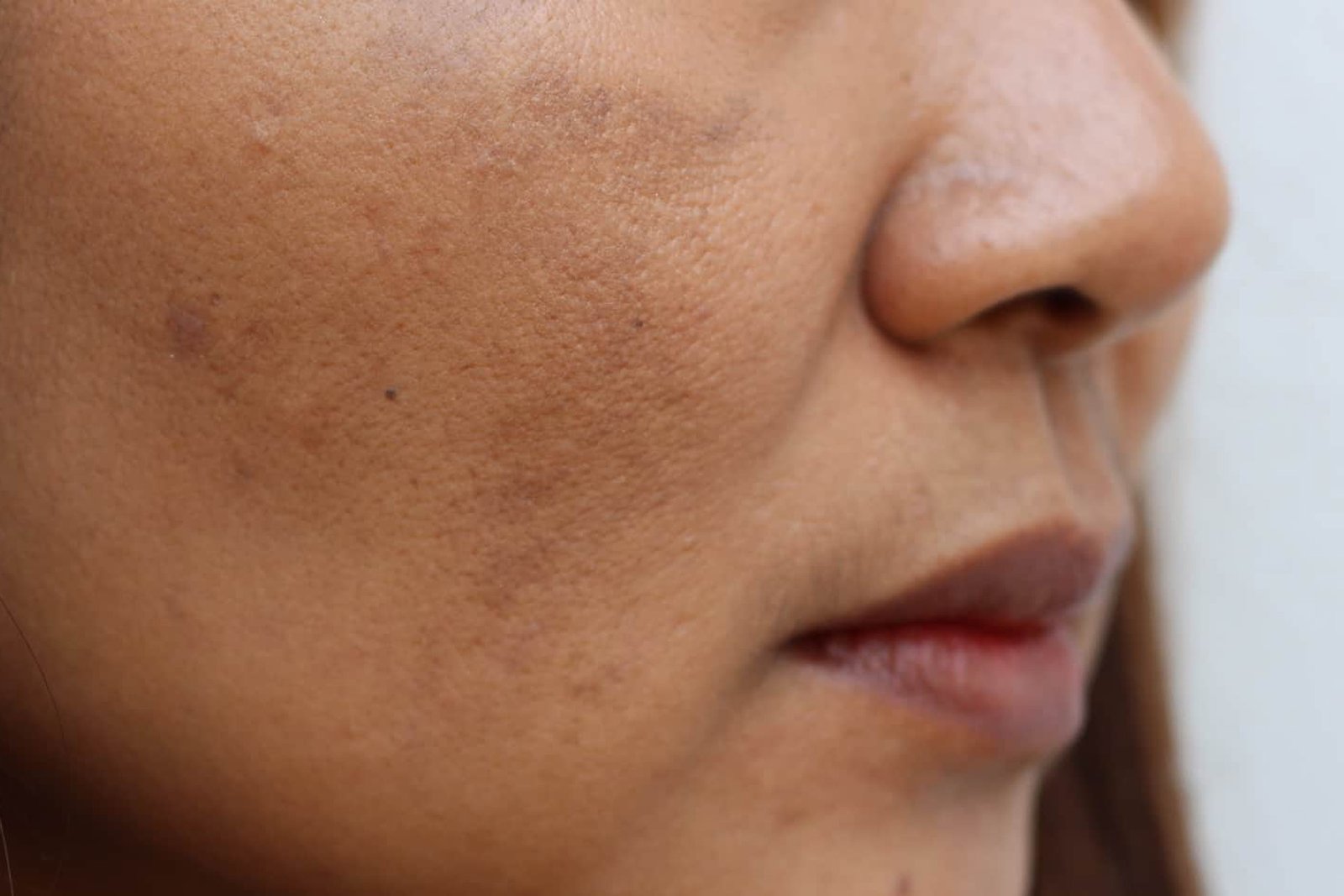

What causes dull skin?
- Dehydration may be another significant contributor to dull skin. When the skin lacks adequate moisture, it often appears dry and tight.
- External factors such as pollution and UV exposure may also play a major role in dullness. Pollutants may clog pores and disrupt the skin’s natural barrier, leading to a fatigued appearance.
- UV rays, on the other hand, are able to cause damage over time, breaking down collagen and elastin, which are crucial for maintaining a youthful and vibrant complexion. This damage may result in hyperpigmentation and uneven skin tone, both of which may contribute to dull-looking skin.
- Lifestyle habits may further exacerbate the process. For example, insufficient sleep and high levels of perceived stress may negatively affect the body’s repair mechanisms, including those that rejuvenate the skin. During deep sleep, the skin undergoes critical restoration processes, so a lack of sleep quality can disrupt this cycle and leave skin looking tired and pale. Poor dietary habits, such as consuming processed foods or lacking essential vitamins and minerals, may also deprive the skin of the nutrients it needs for renewal.
- Beyond these factors, underlying health issues or hormonal imbalances may contribute to dull skin as well. Conditions, such as thyroid disorders or fluctuating hormones may impact skin health and cause changes in texture and tone. The aging process naturally slows the production of collagen and elastin by fibroblast cells (also known as the ones producing three ingredients of youth: collage, elastin and hyaluronic acid responsible for moisture inside the skin), reducing the skin’s firmness and brightness.
Addressing dull skin, may typically require a combination of consistent skincare, healthy lifestyle choices, and protective measures. Proper exfoliation, hydration, and the use of antioxidants may be vital steps to improve skin radiance and combat the factors responsible for dullness. By understanding its causes and solutions, it is possible to restore a healthy glow and bring vitality back to the skin. That is why, at Body Silk Clinic, we offer a complex solution to address dull skin: from rejuvenating facials and recommendations of effective skin care to a professional nutritional advice by a registered nutritionist who would be able to recommend diet and lifestyle adjustments to support a client’s cosmetic treatments within a skin clinic setting with proper nutrition to combat free radicals and maximise skin longevity.

| Treatments for dull skin | Time | Price |
| Skin Consultation for skin peels and facials | 15 minutes | £25 deductible from the cost of the treatment |
| Skin Consultation with a doctor or aesthetic nurse | 15-30 minutes | £90 deductible from the cost of the treatment |
| Botox 1 area | 30 minutes | £200 |
| Botox 2 areas | 30 minutes | £290 |
| Botox 3 areas | 45 minutes | £340 |
| Dermal filler for lips | 45 minutes | £300 per syringe |
| Dermal filler for nasolabial | 45 minutes | £350 per syringe; or £600 for 2 syringes |
| Dermapen | 45 minutes | £180 |
| Express Glow Facial | 30 minutes | £50 |
| Male Express Facial | 30 minutes | £50 |
| Las Vegas Facial for men | 50 minutes | £65 |
| Deep Cleansing Facial with Steam and Extraction or Hot Towel | 60 minutes | £85 |
| Face and Neck Collagen Lifting Treatment | 50 minutes | £75 |
| Facial with Lymphatic Drainage Facial and Decolletage Massage | 75 minutes | £130 |
| Prescribed Facial with Electrical Equipment | 75 minutes | £85 |
| De-Stress Facial | 50 minutes | £85 |
| CalmDerm Facial for Rosacea and Sensitive Skin | 75 minutes | £85 |
| LPG Facelift and Steam and Extraction Facial | 75 minutes | £95 |
Dehydration or Lack of Moisture
Dehydration and lack of moisture may be the leading factors contributing to dull and lifeless skin. Our skin relies heavily on proper hydration to maintain its elasticity, smoothness, and natural glow. When the skin is dehydrated, it loses its ability to reflect light evenly, resulting in a tired appearance. This can occur due to insufficient daily water intake, harmful environmental factors, or the overuse of products that strip the skin of its natural oils. Dehydration may affect all layers of the skin, including epidermis, dermis and subcutaneous layer, but especially the dermis where fibroblasts are located. It may weaken its protective barrier and impair essential processes, such as cell turnover and repair. Proper moisture retention, on the other hand, may play a crucial role in achieving healthy, radiant skin.
Fibroblasts, the cells in the dermis that produce collage, elastin and hyaluronic acid, may play a vital role in maintaining skin hydration. These proteins work to keep the skin firm and plump, but their effectiveness is closely tied to the skin’s moisture levels. Dehydrated skin creates an unfavorable environment for fibroblasts to function optimally, leading to a slower production of these proteins. This not only may accelerate the appearance of fine lines and wrinkles but may also contribute to a less vibrant skin texture. Ensuring that the skin remains properly hydrated may support fibroblasts in their role and help restore a youthful, glowing complexion.
One key component in skin hydration is hyaluronic acid, a naturally occurring substance in the skin renowned for its ability to retain water molecules. Hyaluronic acid is able to hold up to 1,000 times its weight in water, making it an essential molecule for maintaining optimal moisture levels. It acts as a humectant, drawing moisture from the surrounding environment and locking it into the skin, which keeps the skin appearing plump and supple. Over time, however, the natural production of hyaluronic acid decreases, especially as we age. This reduction may lead to drier, duller skin that lacks vitality. Hyaluronic acid-based treatments, such as dermal fillers, mesotherapy or dermapen are aimed at delivering this vital molecule into the deeper layer of the dermis, boosting hydration and combating the effects of moisture loss.
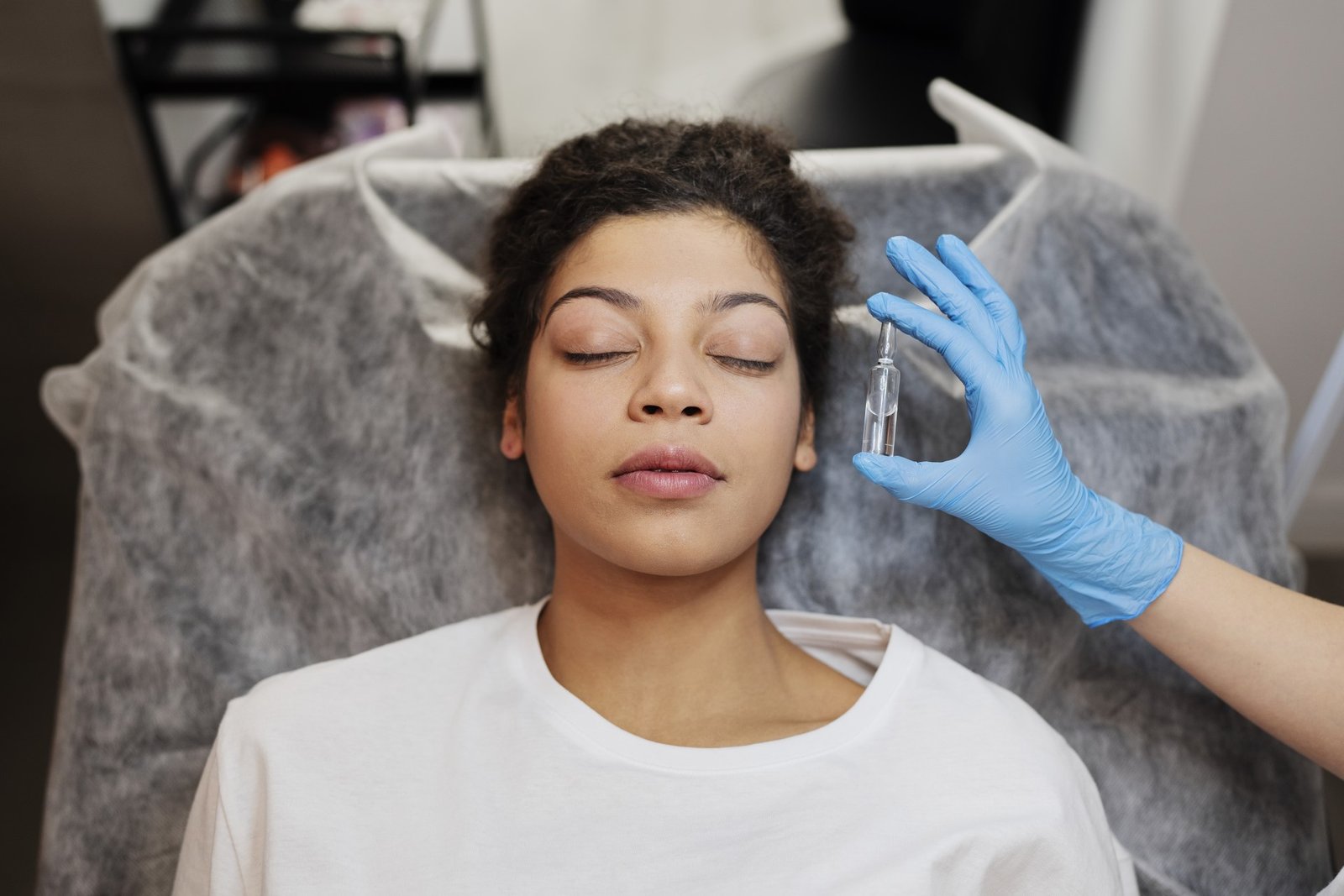
Dehydration and lack of moisture may also impact the skin barrier’s integrity, leading to increased sensitivity and irritation. When the skin barrier is compromised, the skin may struggle to retain moisture, creating a vicious cycle that may further exacerbate skin dullness and discomfort. To counteract this, it is vital to maintain a consistent hydration regimen, combining adequate water intake with injectable treatments and topical skincare products that support the skin’s innate ability to retain moisture. Ceramides, glycerin, and, most importantly, hyaluronic acid may help reinforce the skin barrier and optimise hydration levels.
Addressing dehydration isn’t just about skincare products. Lifestyle changes may be equally important. Drinking sufficient water daily, eating a diet rich in water-dense fruits and vegetables, and protecting the skin from dehydrating factors, such as excessive sun exposure or harsh wind are often able to make a noticeable difference. Smoking, excessive alcohol and lack of exercise may significantly affect the skin.
When the skin is hydrated properly, fibroblasts are better equipped to perform their critical work, and hyaluronic acid helps maintain the skin’s plumpness and smooth texture. Together, these elements culminate in a radiant, healthy skin tone that reflects light beautifully and exudes vitality, proving that hydration is indeed the foundation for glowing skin.
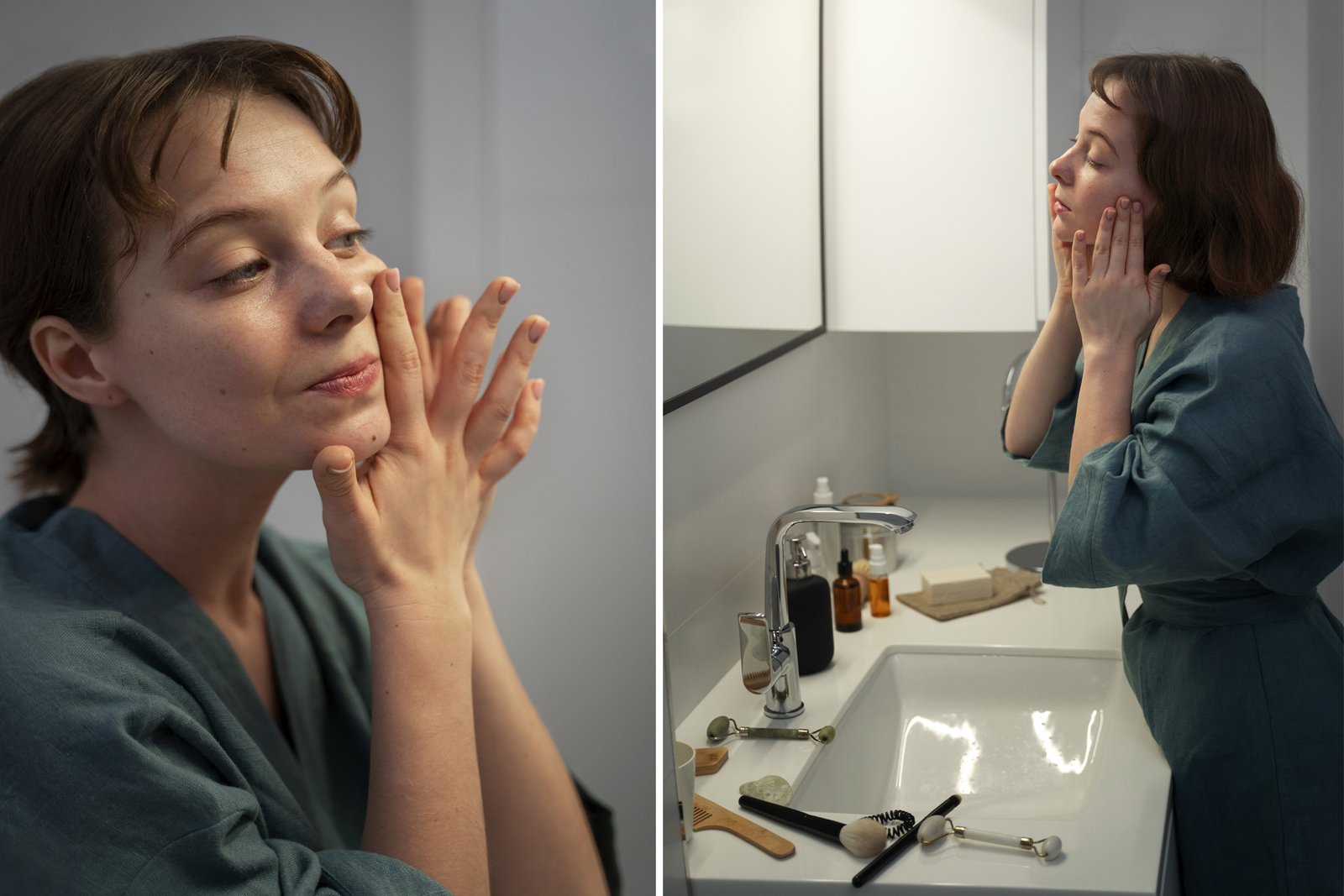
With the myriad of benefits that hyaluronic acid provides for the skin, it is no surprise that it has become a staple ingredient in many skincare treatments. Its ability to attract and retain moisture makes it suitable for all skin types, even those with oily or acne-prone skin. Our facial therapists often use ultrasound during a prescribed facial or a body treatment, to push this vital agent deeper into the skin to give a boost to fibroblasts.
In addition to its skin hydrating properties, hyaluronic acid may also has anti-inflammatory effects. This makes it beneficial for those with sensitive or irritated skin, as it can help soothe and calm redness and inflammation. It may also help to protect the skin from the environmental stressors that can damage the skin barrier.
Overall, hyaluronic acid is an incredibly versatile and crucial ingredient for achieving healthy, glowing skin.
Additionally, do not forget about maintaining inner hydration as well. Drinking plenty of water throughout the day (1.5-2L daily) may also help keep the skin hydrated and healthy from within. And for an added boost, try incorporating foods high in hyaluronic acid into your diet, such as bone broth, leafy greens, and fruits, such as watermelon and citrus, provided that you are not allergic or intolerant to any of those superfoods. If in doubt, consult our nutritionist.

Buildup of dead skin cells
Having naturally glowing skin is often associated with a healthy and youthful appearance, but many factors may interfere with achieving this, one of which is the build-up of dead skin cells. This accumulation may be a primary cause of dull skin indicating a poor skin turnover. When dead cells linger on the skin, they form a rough, uneven texture that may obscure the skin’s natural radiance. This leads to a lackluster complexion commonly referred to as skin dullness.
The connection between dull skin and dead skin cells lies in how the skin naturally renews itself. Under normal conditions, the skin undergoes a process called cellular turnover, shedding old cells to make way for the new, healthier cells. However, as we age or encounter environmental stressors, this process may slow down. Factors such as pollution, sun exposure, and improper skincare routines may exacerbate the issue, further hindering the skin’s ability to renew itself. This buildup not only contributes to skin dullness but can also lead to clogged pores and breakouts, as the barrier of dead cells traps oil and skin debris.
Dry and dull skin may be another outcome of this accumulation, as dead skin cells may hinder the absorption of moisturisers and serums. When the top layer of the skin is clogged, hydrating products struggle to penetrate, leaving the skin parched and lifeless. In addition, this layer of dead cells may disrupt the skin’s natural barrier, exacerbating dryness and creating a vicious cycle of dry and dull skin.
Addressing the connection between dull skin and dead skin cells requires proper exfoliation and hydration. Exfoliation helps to remove the layer of dead cells, revealing the fresh, glowing skin beneath. While physical exfoliants may provide immediate results, chemical exfoliants such as AHAs and BHAs may often work more effectively by dissolving the bonds between dead cells without causing irritation. Pairing exfoliation with a hydrating skincare routine ensures the skin remains supple and radiant. At Body Silk Clinic, we offer a range of facial treatments that gently exfoliate the skin yet support the skin protective barrier allowing the goodness of the products with active ingredients in them to travel in the deeper skin layers and do their rejuvenation job for the cells. HL Advanced Facial is one of the examples of such treatments. Other facials incorporating skin peels are also effective. Prescribed facial with electrical equipment, such as ultrasound, high frequency and microcurrent, is very popular amongst our clients who want to get the results faster.
Ultimately, understanding the relationship between the dead skin cells and dull skin is essential for anyone looking to achieve a brighter, more even complexion. By prioritising exfoliation and hydration, one may combat skin dullness and reclaim a glowing, healthy appearance. With consistent care, dry and dull skin may transform into skin that radiates vitality and beauty.

Effect of Smoking and Tobacco Use on Skin Dryness and Aging
Smoking is one of the most detrimental habits for skin health that may significantly accelerate dullness and the visible signs of aging. The toxins present in cigarette/tobacco smoke have a direct and damaging effect on the skin, primarily by restricting the blood flow and carrying hundreds of toxins with their free radical impact onto the healthy skin cells. When blood circulation is impaired, the skin becomes deprived of essential oxygen and nutrients that are crucial for maintaining its vitality and even tone. This effect not only results in a pale and uneven complexion but also hinders the skin’s natural healing process, potentially making it more prone to damage and aging over time.
The chemical compounds in cigarette smoke actively degrade collagen, elastin and hyaluronic acid responsible for moisture – three key proteins within the skin. Collagen provides structure and firmness, while elastin contributes to elasticity and the skin’s ability to snap back into place after being stretched. With these proteins weakened or destroyed, the skin loses its firmness and begins to sag, leading to the development of fine lines, deep wrinkles and folds. Notably, the deterioration of collagen and elastin often causes premature aging, making smokers appear older than their actual age. Compounding the issue is the increased production of free radicals caused by smoking, which further accelerates skin damage and contributes to oxidative stress. This process exacerbates signs of aging and compromises the skin’s overall health and resilience.

Repeated facial movements associated with smoking, such as pursing the lips or squinting to avoid smoke, intensify the formation of wrinkles in specific areas. These repetitive actions lead to the development of deep lines around the mouth, often referred to as “smoker’s lines,” as well as crow’s feet around the eyes. These lines are often more pronounced in smokers compared to non-smokers, adding to the appearance of prematurely aged skin. Botox and dermal filler treatment are able to temporarily slow down this process in terms of cosmetic effect, however the problem may persist if the root cause is not addressed. Additionally, the environmental exposure caused by cigarette smoke itself may create a barrier of toxins that settle on the skin, clogging pores and exacerbating skin’s dryness and dullness.
Smoking weakens the skin’s ability to retain moisture as it depletes the dermis off the hyaluronic acid, leaving it dehydrated and more susceptible to external irritants. Over time, this lack of hydration makes the skin appear lifeless and accelerates its overall decline. Combined with the chemical exposure and reduced blood flow, these effects may create a vicious cycle of skin damage that may be difficult to reverse if smoking continues. Smoking remains one of the leading factors in skin deterioration, underscoring the importance of quitting in the pursuit of maintaining healthy, youthful, and radiant skin.
How to rejuvenate dull skin
- Go gentle on your skin
- Avoid hot water
- Make exfoliation part of your routine
- Add a serum to your lineup
- Make a date with a face mask
- Maximize your moisturizer
- Stimulate collagen growth with a retinoid
- Consider an in-office procedure
- Wear sunscreen daily
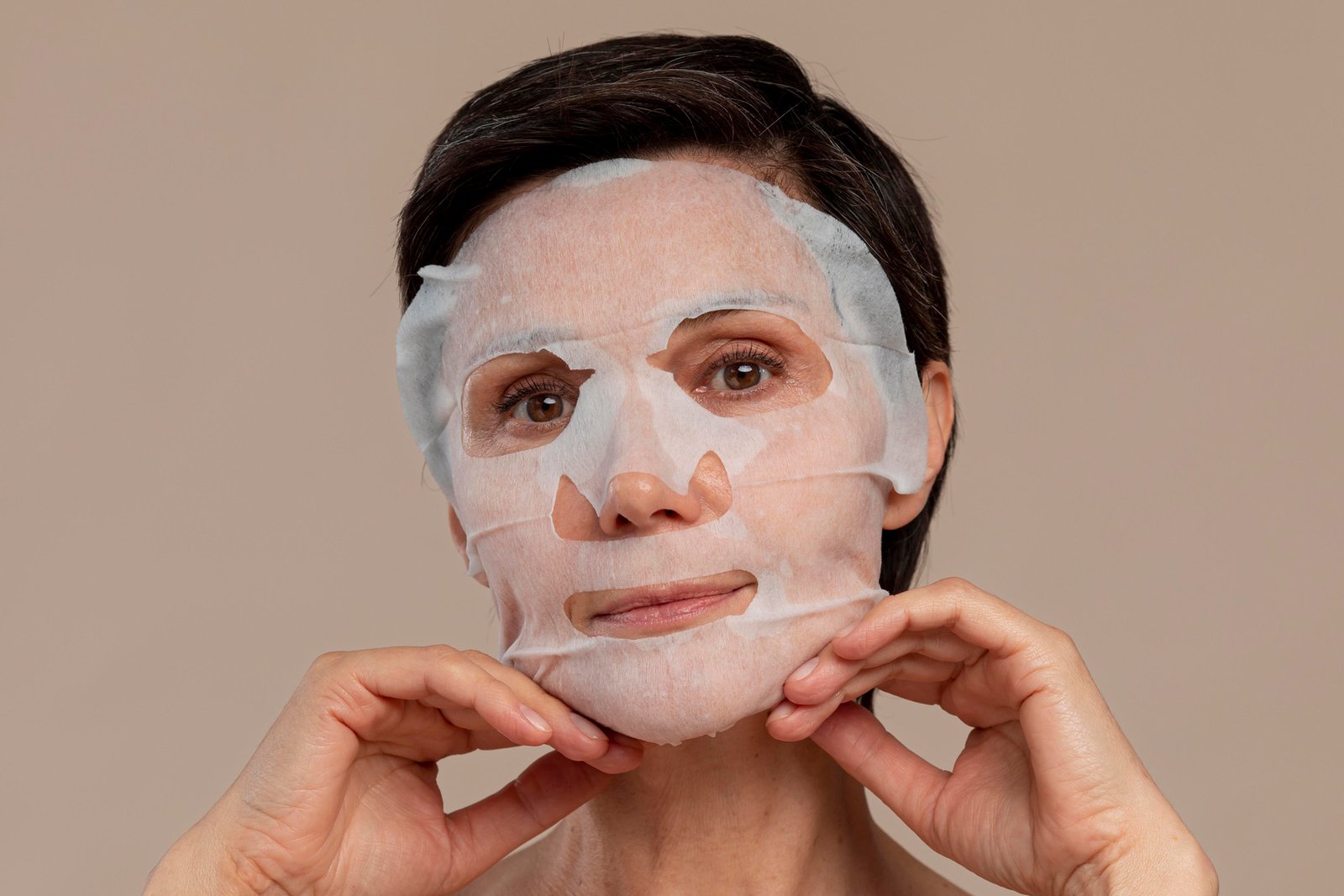
Rejuvenating dull skin and restoring its natural balance can be a rewarding experience, especially when utilising professional treatments, such as facials at Body Silk Clinic. At Body Silk Clinic, the facials for dull skin are specifically tailored to address each individual’s various skin concerns that often accompany dull skin. During professional facial treatments the skin receives a boost by deep cleansing, exfoliation, and hydration with the products with active ingredients in them, such as retinol, hyaluronic acid and collagen. These treatments remove dead skin cells that cloud the complexion and boost blood and lymph circulation, encouraging healthy skin renewal.
Utilising advanced techniques and high-quality HL LAbd and Dr Belter products, the facial beauty therapists work to uncover a refreshed, glowing appearance. Many facials include ingredients such as antioxidants and vitamins that nurture the skin, as well as active ingredients, such as retinol and peptides, leaving the skin visibly smoother and brighter. Beyond the immediate results, routine facials may significantly enhance the skin’s overall health and help maintain that luminous look over time.
Complementing facials with an effective skincare routine is essential, and products containing retinol stand out as a powerful ally in combating dull, tired skin. Retinol, a derivative of vitamin A, is renowned in dermatology for its ability to stimulate skin cell turnover and promote collagen production. By incorporating retinol contained in the Alpha-Beta Retinol range by HL Labs into their nightly skincare regimen, our clients are able to slowly unveil smoother, more even-toned skin as these products work beneath the skin surface to repair and rejuvenate. This powerful ingredient is particularly effective at fading pigmentation, reducing fine lines, and addressing textural irregularities – all factors contributing to an aged skin complexion. Over time, consistent use of retinol may significantly soften the appearance of dark spots from sun exposure or aging, offering a brighter, more youthful glow. This is because retinol is able to increase the skin’s turnover. Using SPF factor 50 for the face, especially the one that is designed by Heliocare specifically for the thin facial skin, may be able to reduce the appearance of new hyperpigmentation significantly.
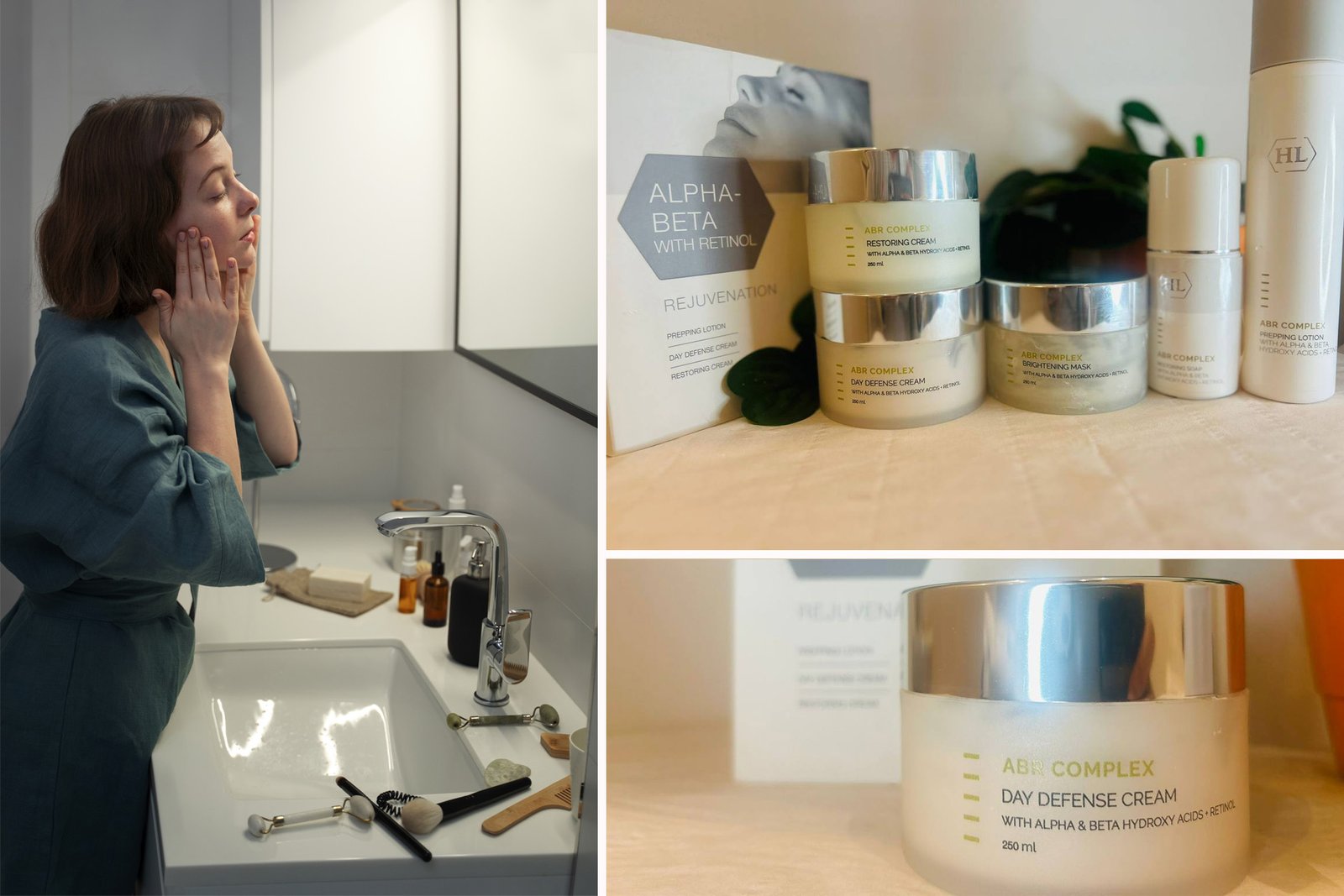
When combining regular facials at Body Silk Clinic with a retinol-rich skincare routine, the two approaches are able to create a synergistic effect that maximises skin rejuvenation. Facials prepare the skin by clearing impurities and hydrating it, creating the perfect canvas for the absorption of retinol-based products. This combination ensures that both the surface and deeper layers of the skin (namely, dermis) receive the care they need. However, it is important to approach retinol use with a gradual introduction to prevent irritation, especially for sensitive skin types, and always pair it with sunscreen during the day to protect the skin from the potential UV damage. It is especially vital for darker skin tones (from mediterranean to asian) as such skin is more melanin-active.
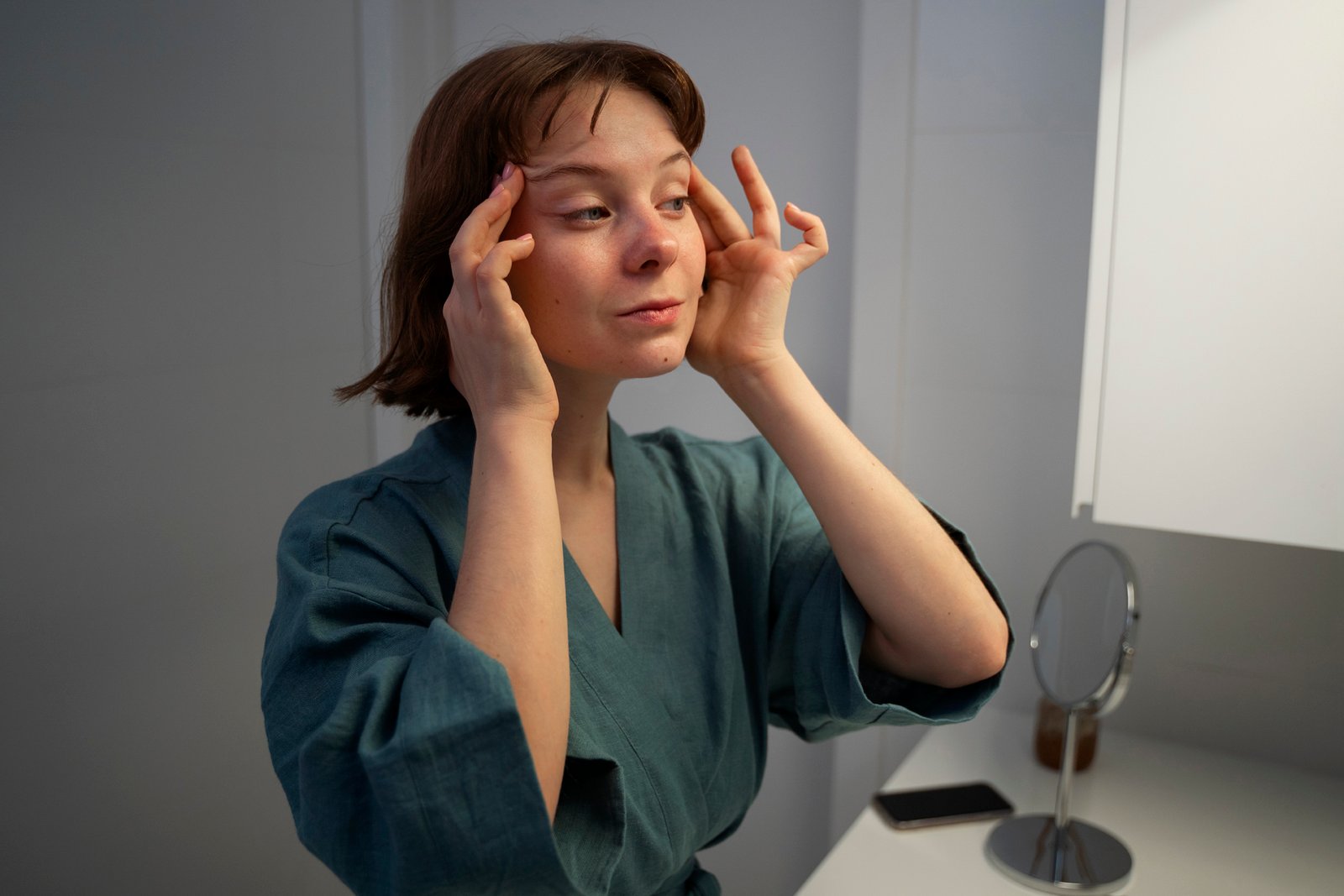
By committing to these rejuvenating practices, anyone can achieve brighter, healthier, and more youthful-looking skin. The personalised expertise at Body Silk Clinic paired with the powerful effects of retinol ensures a comprehensive approach, enabling our clients to revitalise even the dullest complexion and restore their skin’s natural vibrancy.


